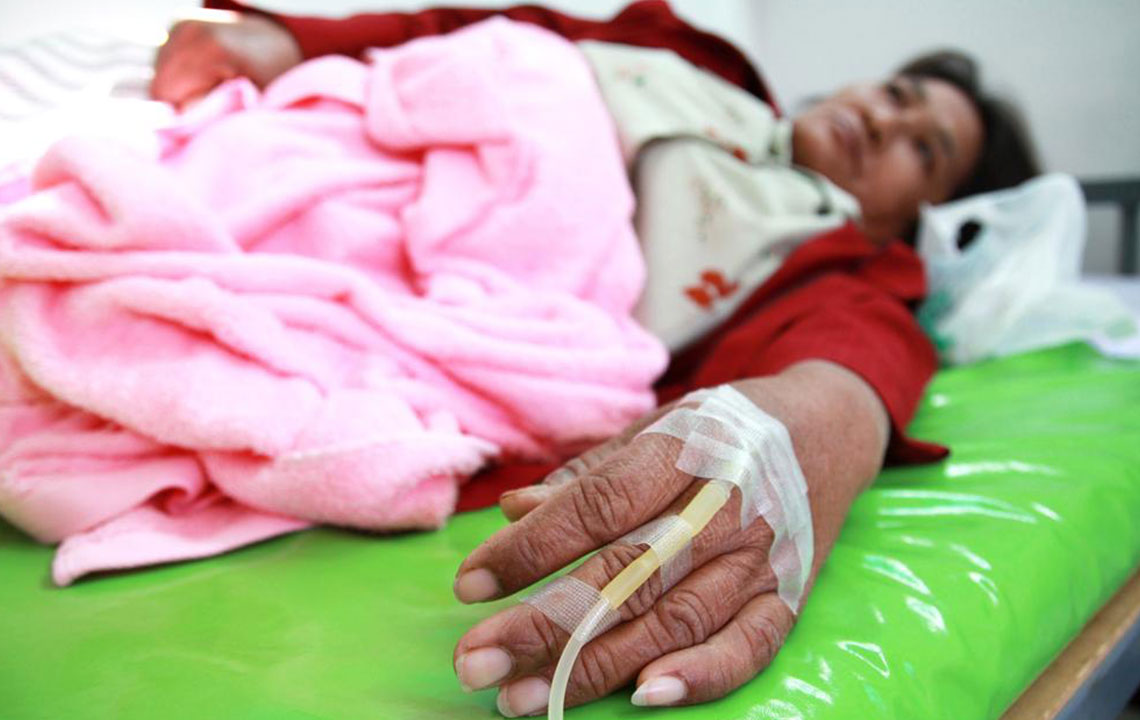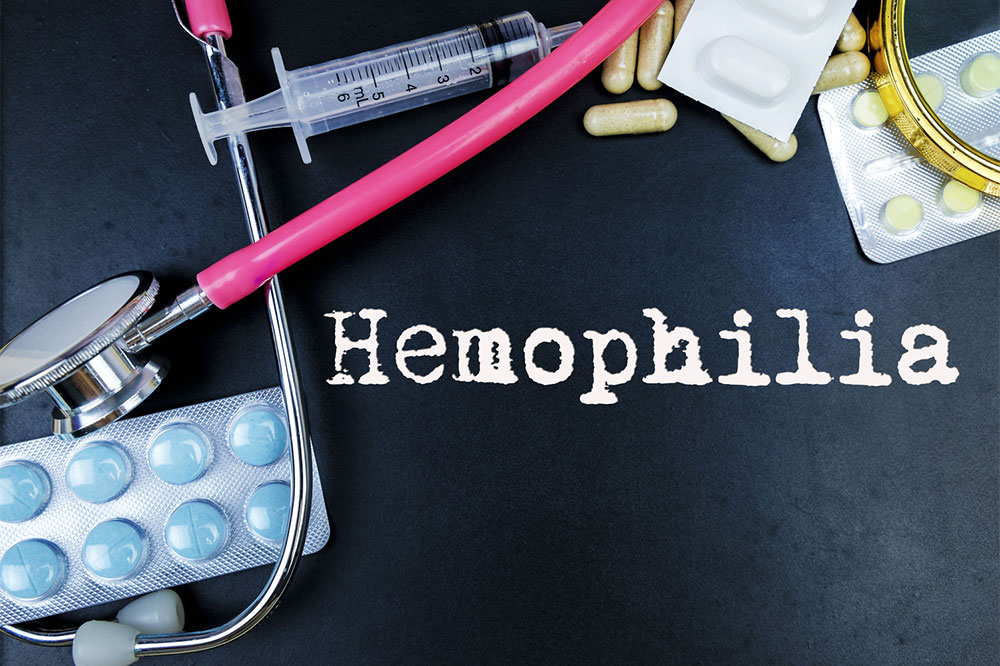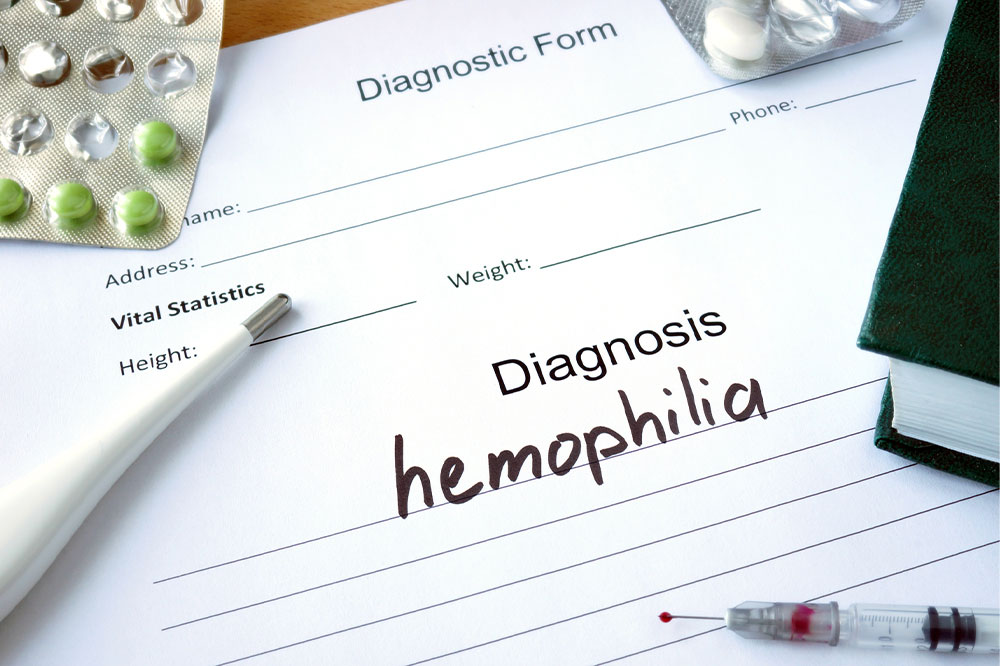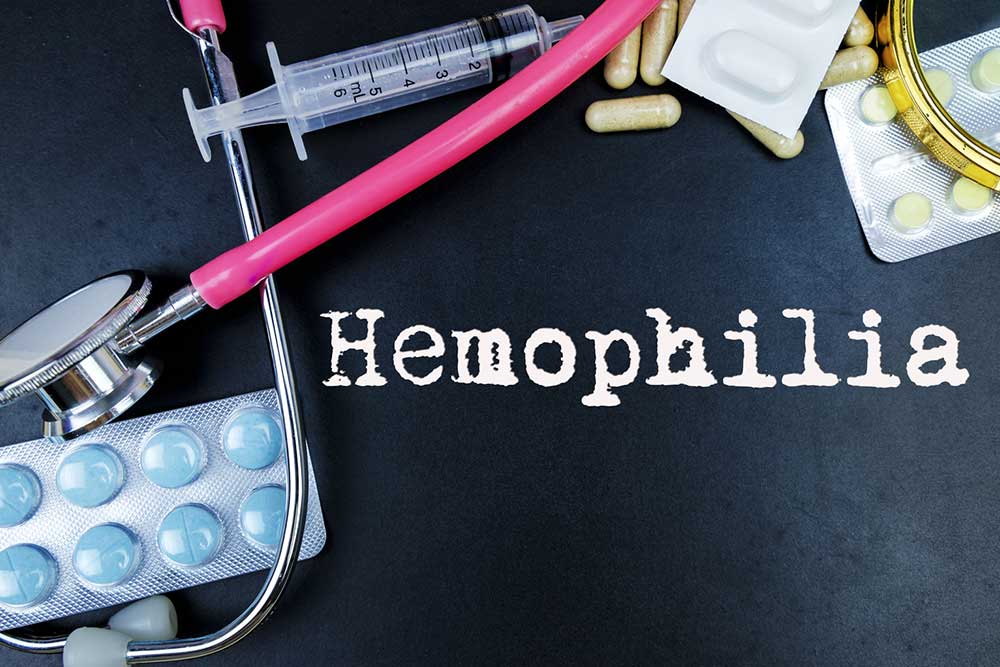Comprehensive Guide to Hemophilia: Causes, Symptoms, and Modern Treatment Strategies
This comprehensive guide explores hemophilia, a genetic bleeding disorder, detailing its causes, symptoms, and advanced treatment options. It emphasizes the importance of early diagnosis and modern therapies like gene therapy and clotting factor replacement to improve patient outcomes. Understanding this complex condition helps patients and caregivers manage the disorder effectively and enhances quality of life through innovative medical approaches.

Comprehensive Guide to Hemophilia: Causes, Symptoms, and Modern Treatment Strategies
Hemophilia is a rare genetic blood disorder that impairs the body's ability to form blood clots, leading to prolonged or spontaneous bleeding episodes. This condition can have significant impacts on the quality of life, health outcomes, and overall wellbeing of affected individuals. Understanding the underlying causes, early signs, and available treatment options is essential for effective management and improved prognosis. This comprehensive overview aims to provide detailed insights into hemophilia, exploring its causes, symptoms, and the latest approaches in treatment to help patients, caregivers, and healthcare professionals better understand this complex disorder.
Primary Causes of Hemophilia:
Genetic inheritance, mainly Hemophilia A, the most common type, results from mutations in the F8 gene, which encodes clotting factor VIII. This type of hemophilia is inherited in an X-linked recessive pattern, primarily affecting males, while females are carriers who might pass the gene to offspring.
Spontaneous genetic mutations, can occur de novo, meaning they are new mutations in the F8 or F9 gene without any prior family history. These mutations happen before birth, causing the disorder even in families without a previous history of hemophilia.
Acquired or non-inherited hemophilia, is a rare form that occurs due to factors such as certain cancers, autoimmune disorders, pregnancy, or side effects from specific medications like anticoagulants. This form can develop suddenly and requires different management strategies.
Recognizing the symptoms of hemophilia early is crucial for prompt treatment and preventing complications. Signs include frequent or severe bleeding from minor cuts, spontaneous nosebleeds, easy bruising, blood in urine or stool, pain and swelling in joints due to internal bleeding, and unexplained bleeding after dental procedures or surgeries. Early diagnosis followed by appropriate therapy can greatly reduce the risk of joint damage and other serious health issues.
Current and Emerging Treatment Strategies:
Clotting factor replacement therapy, remains the cornerstone of hemophilia management. This involves infusing synthetic or plasma-derived clotting factors, primarily factor VIII for Hemophilia A and factor IX for Hemophilia B, to compensate for the missing proteins in the blood. Regular infusions help to prevent bleeding episodes and manage acute bleeds effectively. While not a cure, this treatment significantly improves quality of life, allowing many patients to lead active lifestyles.
Gene therapy, an innovative approach in recent years, aims to introduce functional copies of the defective genes into patients' cells. Although still in the experimental stage, clinical trials have demonstrated promising results, showing long-term increase in clotting factor levels and reduction in bleeding episodes for some patients.
Medications and adjunct therapies, include immunosuppressants for cases of acquired hemophilia, and newer drugs like emicizumab that mimic the activity of factor VIII and provide prophylactic protection against bleeds with less frequent infusions. These advancements are particularly beneficial for patients who develop inhibitors—antibodies against infused clotting factors—making treatment more challenging.
Management of complications, such as joint damage from recurrent hemarthrosis, involves physical therapy, pain management, and sometimes surgical interventions like synovectomy or joint replacement to preserve mobility.
In addition to conventional therapies, ongoing research explores stem cell transplantation and novel pharmacological agents, promising future options with potentially higher efficacy and fewer side effects. Education and adherence to treatment regimens are vital for patients to maintain optimal health and reduce the risk of life-threatening bleeds.
Living with hemophilia necessitates a comprehensive approach that combines the latest medical advances, patient education, and personalized care strategies. Regular follow-up with healthcare providers ensures timely adjustments to treatment plans, minimizing risks and improving long-term health outcomes.





